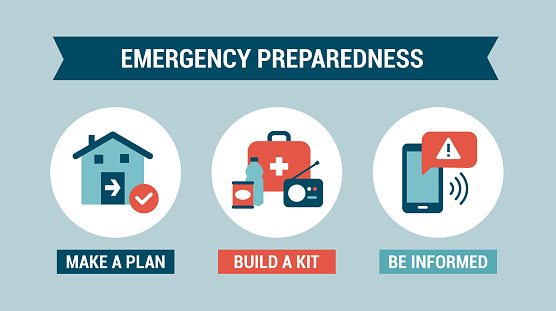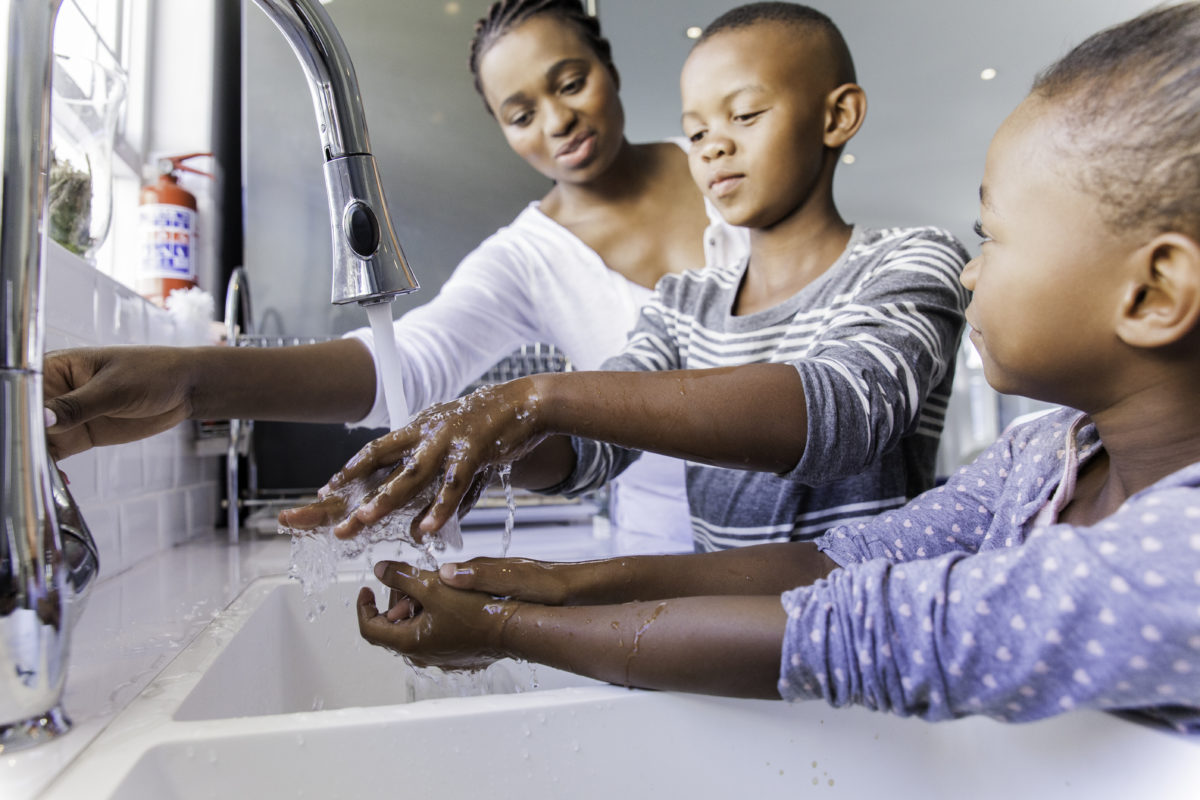Every September, the Department of Homeland Security runs the National Preparedness Month, which gives everyone the chance toprepare for what to do in the event of a disaster. This year, the theme is “Disasters Don’t Wait. Make Your Plan Today.” By creating a plan now, needless obstacles can be avoided in a crisis and time saved to help you and your family get to safety. Each week of the National Preparedness Month is broken down to provide a helpful action step to provide an opportunity to think in detail about what needs to be taken care of.
Week One: Make a Plan
The first week of the month should focus on making a plan. Here, communication is key. Make plans of how to communicate with family and friends before a disaster, during it, and in the aftermath. Normal communication methods could be interrupted, so having backup methods will be useful. Think about relatives and friends who do not live with you, and also about what to do if your immediate family is separated during the disaster, or in different places when it strikes.

Week Two: Build a Kit
The second week should focus on building a kit. Here, prepare enough supplies to last several days in the immediate aftermath of a disaster. Non-perishable foods, medications, and everyday supplies are key, but also consider scenarios that disrupt your normal daily processes, such as if the power goes out. Be sure to take into account anything unique a family member requires. These kits should also be designed to go with you should the need to evacuate arise at a moment’s notice. When preparing these kits, make sure to not forget any pets and their needs!
Week Three: Prepare for Disasters
The third week should focus on considering potential impacts a disaster may have on you and your family, and how to respond. Knowing the potential threats in your area is important. Some areas are more prone to certain events, such as weather, so know the risks that come with them. Make sure you have appropriate insurance and find ways to limit potential damage to your property. Also, knowing the ways your local government communicates threats and the appropriate ways to respond is incredibly important to preparedness. Be sure to plan multiple routes to places you might need to go, such as doctor’s offices and hospitals. Educating your family on practical skills can be a great benefit in the immediate aftermath of an emergency.

Week Four: Teach Youth About Preparedness
The final week should focus educating the children about disaster preparedness. Such subjects can be overwhelming for adults, let alone children, but it is important to teach them what to do in an emergency, especially in a situation where you are separated. Bringing them into the conversation and making them an active participant can help reassure them about the preparation and plan should a disaster arise. Listening to their concerns and finding ways to work through them will also create a stronger plan that will be of maximum benefit to all involved.

The need for a response plan has never felt more necessary than during the current public health crisis. As we move go through the upcoming months, you can use these steps to determine how to prepare you and your family. Stay up-to-date with the CDC’s emergency preparedness website. One of the most important things to prepare yourselves is to stay healthy to ward off not only the Coronavirus, but also colds and flus. Another important step is to make sure you get the most accurate information from reliable sources. With the ever-evolving nature of this crisis, follow the advice of government and medical officials. An often overlooked step the CDC makes note of is coping with a disaster. By knowing the right ways to express emotions that such events can bring, and ways to handle them, is useful for both physical and emotional well-being.
If you have concerns about your workforce and coronavirus, please contact us today to learn about steps you can take to protect yourself, your family, and your employees. Check out some steps you can take to create safe workplace environments during the current health crisis here.


